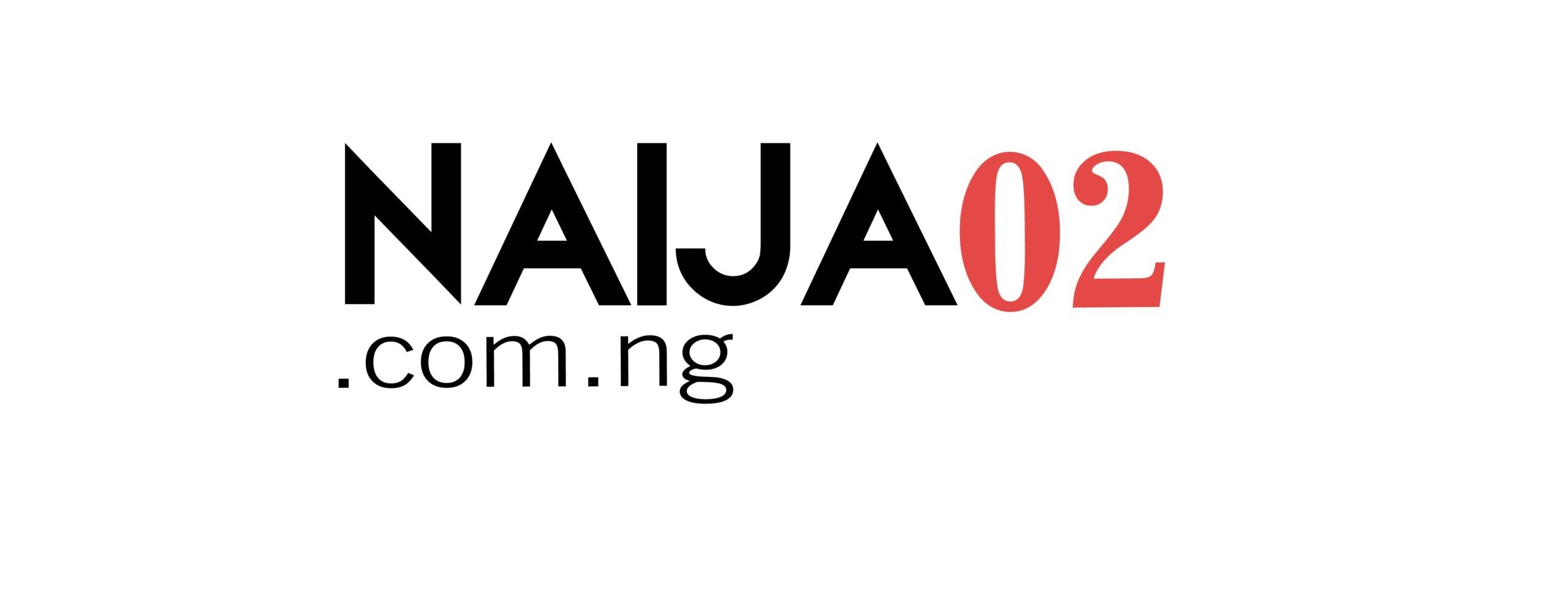Laboratory Investigations
This Article is to teach the common Laboratory Investigations and specimen bottles.
Laboratory Investigation Is an integral part of medical Practice. It helps the medical practitioner to make a definitive diagnosis.
The common laboratory investigations in medical practice include:
1. Urinalysis: This is a very important test as it detects many diseases in the body. It is a simple test done by using combi-9. The parameters Include:
-PH
-Glucose
-Ascorbic Acid
-Ketone
-Nitrate
-Protein
-Bilirubin
-Urobilinogen
-Blood
The appearance and colour of the urine is seen with the naked eye. If one wants to find out about the Pus Cells, Crystals, Casts, Yeast Cells, Epithelial Cells; Schistosoma haematobium and Trichomona Vaginalis in the Urine, the specimen is sent to the laboratory for the scientists to analyse.
b. Urine Microscopy Culture And Sensitivity (m/c/s): This test is done when infection is suspended. If properly done, It will isolate the organisms implicated and the drugs that can be used to treat such organisms.
2. Haemogram:
a. Full Blood Count (FBC): This test gives a picture of the red blood cell (Haemoglobin Level) Hb and the white blood cell (WBC) in the blood. The haemoglobin level, Hb denote the level of blood in the body.
The White Blood Cell (WBC) (4000-11,000mm^3) is subdivided into five called Differentials:
-Neutrophil
-Lmphocytes
-Monocyte
-Eosinopill
-Basophic
-Blood Firm
3. Serology:
The test is done with serum. It is based usually on antigen and antibody reaction (Ag/Ab reaction).
a. Widal Test: Tests For Typhoid Infections in the body. The bacteria causing it, is Salmonella Antigen.
b. HIV Test
c.VDRL (Veneral Disease Research Laboratory): This is test for syphilis
d. Hapatitis
e. Liver Function Test (LFT)
f. Electrolyte, Urea and Creatinme (E/U/Cr): This is test for kidney function
g. Rheumatoid Factor
h. Fasting Blood Sugar FBS
i. Lipid Profile.
4. Chemistry:
Serum is used to do most of the chemistry tests.
a. Blood Sugar
-Fasting Blood Sugar
-Random Blood Sugar
-Oral Glucose Tolerance Test
b. Liver Function Test (LFT)
-Total Bilirubin
-Conjugated Bilirubin
-AST (SGOT)
-ALT (SGPT)
-Alkaline Phosphatase
c. Electrolyte, Urea And Creatinine E/U/Cr
-Sodium
-Potassium
-Bicarbonate
-Chloride
-Urea
-Creatinine
d. Total Protein
-albumin
e. Uric Acid
f. Lipid Profile + Total Cholesterol
5. Other Common Blood Tests
a. Hb Genotype
b. Blood group and cross matching
c. Erythrocyte sedimentatron rate ESR. This is a marker of infection. It is non-specific test. High level is seen in cases as Cancer, Human Immuno Deficiency Virus Infection, Tuberculosis And Arthritis.
6. Parasitology:
These are tests to isolate parasites.
a. Stool_analysis and stool culture
b. Sputum For AFB (Acid Fast Bacilli)
c. Stool For Occult Blood
d. Blood Cultures
e. Spetum For m/c/s
7. Semen Analysis
8. Urethral Swab For m/c/s
9. High Vaginal Swab For m/c/s
One of the most important aspects of laboratory investigations is the method of collection of the sample and the specimen bottle into which sample is put.
There are four main specimen bottles in us. These are:
1. EDTA Bottle: This specimen bottle is identified by its green coloured cover.
2. Heparin Bottle: This specimen bottle has a blue coloured cover.
3. Flouride Bottle: This Specimen bottle has a yellow coloured cover.
4. Universal Bottle: This fairly bigger specimen bottle usually has a red coloured cover.
Specimen Bottles And Samples That Can Be Put In Them
1. EDTA
-Hb+PCV
-WBC & differential}FBC
-MP
-ESR
-Blood Film
-Blood Group
-Genotype
-Platelets
2. Heparin Bottle
-E/U/Cr
-LFT
-Cholesterol & Lipid Profile
3. Flouride Bottle
-Fasting Blood Sugar FBS
-Cerebrospinal Fluid (CSF) Analysis
4. Syringe
All test that uses serum such as:
-LFT
-E/U/Cr
-Widal
-Lipid Profile
-HIV
-FBS
-Hepatitis
-Rheumatoid Factor (RH+Factor)
5. Universal Bottle (Sterile Container)
-Urine m/c/s
-Sputum m/c/s
-Aspirate m/c/s
-Stool m/c/s
